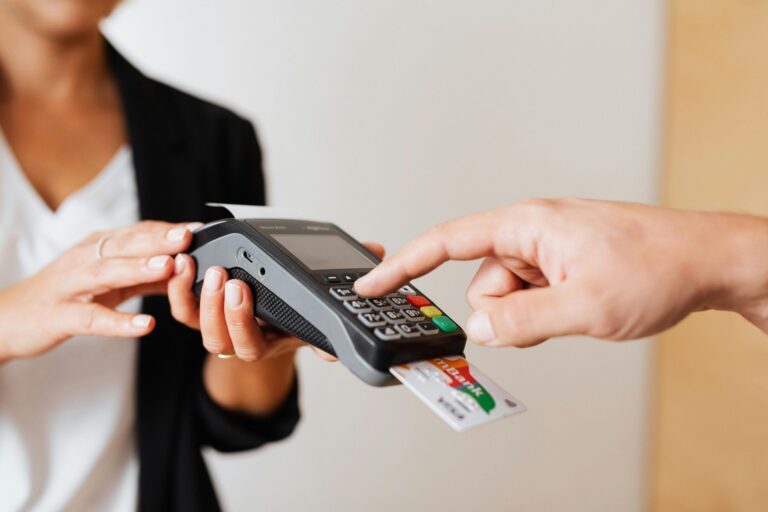Global Expansion of QR Code Payments: Projected to Exceed $8 Trillion by 2029
According to a recent report by Juniper Research, global QR code payment transactions are set to soar by 50%, reaching an impressive $8 trillion by 2029. This growth marks a significant increase from the $5.4 trillion projected for 2025. The surge in QR payments is primarily fueled by the standardization of national QR schemes and the rising adoption of Account-to-Account (A2A) payment solutions.
Drivers of QR Code Payment Growth
The report highlights two major factors contributing to the expanding market for QR code payments:
- Standardization of QR Schemes: As countries implement standardized QR payment systems, adoption becomes easier and more efficient.
- Account-to-Account (A2A) Initiatives: The increasing use of A2A payments enables seamless transactions between different bank accounts, which enhances the appeal of QR codes for consumers and businesses alike.
Impact of NFC Technology on QR Code Payments
Despite the optimistic outlook for QR code payments, the competitive landscape is shifting. Apple’s recent decision to grant third-party access to its Near-field Communication (NFC) technology is poised to intensify competition in the payment processing sector. Given that iOS devices hold a substantial market share in regions like North America and Europe, these areas are expected to feel the greatest impact from the rise in NFC-based transactions.
Advantages of QR Code Payments
To maintain a strong market position, QR code payment providers must leverage the unique benefits of this technology. Key advantages include:
- Lower Operational Costs: QR code infrastructure is generally more affordable compared to traditional point-of-sale systems.
- Universal Compatibility: QR codes can be used across various devices and platforms, making them accessible to a wider audience.
Financial Inclusion through QR Code Payments
Daniel Bedford, an author of the Juniper Research study, emphasizes the role of QR codes in promoting financial inclusion. He states, “QR code infrastructure is cheaper and more accessible than traditional point-of-sale technology. It lowers the barrier to entry for smaller vendors, such as street vendors, drivers, and independent workers, to readily accept payments.”
Recommendations for QR Code Payment Providers
To capitalize on the anticipated growth in QR code payments, the report suggests that providers should focus on:
- Customizing Solutions: Tailoring payment solutions to meet the specific needs of smaller businesses.
- Enhancing User Experience: Streamlining the payment process to make it more user-friendly for both merchants and consumers.
For more insights on the future of digital payments, consider visiting Juniper Research for their comprehensive studies.
As QR code payments continue to evolve, adapting to technological advancements and user needs will be essential for maintaining a competitive edge in the rapidly changing payment landscape.







